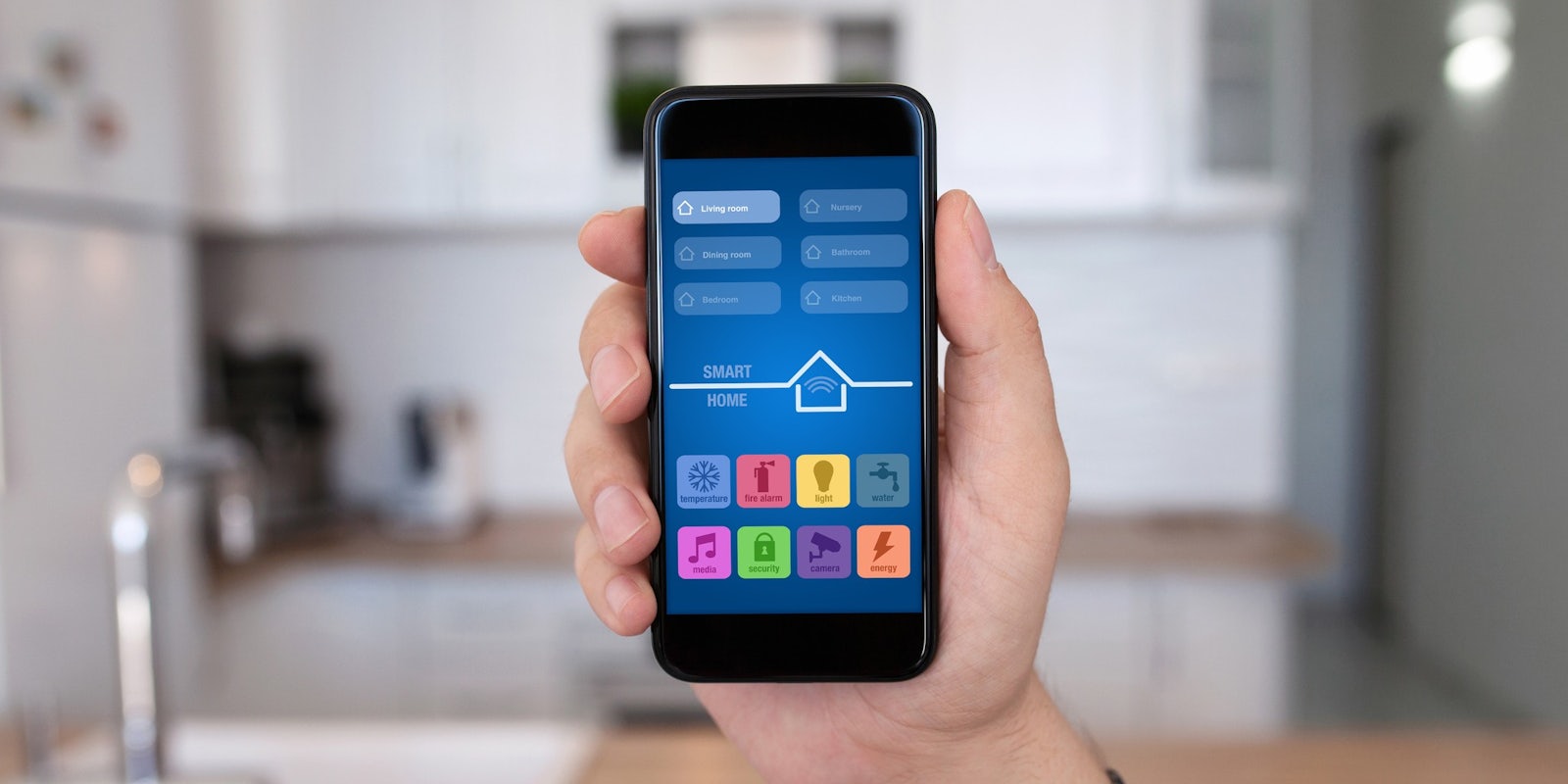If forecasts and research firms have it right, pretty much everything in your home might soon be connected to the internet, from your fridge to your coffee maker, your door lock, and maybe even your toilet. Several of your appliances might already be online.
While the Internet of Things (IoT) brings comfort, efficiency, and energy savings to your home, it will also create new attack vectors that hackers can exploit. In its current state, IoT security is abysmal, and many of the smart devices installed in homes are too dumb to protect themselves and can end up doing more harm than good.
For instance, the DDoS attack that cut access to major websites in large swaths of the U.S. last October was carried out through an IoT botnet, an army of compromised internet-connected devices doing the bidding of a hacker warlord.
So, if you want to prevent your smart home from turning against you or other people, here are a few tips that can help.
1) Always change default settings
Internet-connected devices often come with default passwords, and unfortunately as many users forgo changing factory settings, those devices become easily accessible to hackers. In fact devices with default passwords were the single largest contributor to the Mirai botnet, which was responsible for the October DDoS attack.
Remember that hackers can easily find devices on the internet. Therefore, your smart home’s first line of defense will be to change the default passwords for any new device you connect to the internet.
Also, every connected device has an ID that can be easily viewed by anyone who finds access to the device’s network (anyone with a smartphone, in most cases). Default device IDs often include the name of the manufacturer and device type. You’re better off changing the name to something nonsensical that only you can understand. This way you’ll make it a little bit harder for hackers to profile your network and find out what kind of devices you have installed.
2) Install the latest updates
There’s no such thing as a flawless device, and even the simplest of connected devices are often found to have exploitable vulnerabilities. Smart home gadgets are a study in this respect.
Therefore, just as you update your laptop and phone operating systems along with other software you use regularly, you should always be on the lookout for new updates for your smart home devices.
Some devices automatically stay up-to-date through automatic remote updates while others require you to manually install updates on your device. Make sure you review the device’s website for its update policy, and sign up for update email notifications if your device’s manufacturer provides such an option.
3) Isolate your gadgets from your home network
You should always assume that your IoT devices will get compromised eventually, and some hacker will manage to get ahold of your smart home gadget before you patch the latest vulnerability.
Under such circumstances, you should prevent that hack to propagate to other more critical devices such as your laptop or printer. Most home routers have a guest network option, which you can use to isolate your devices and prevent a compromised device to find full access to your home network. Connect all your smart devices to the guest network while keeping your critical devices, like your phones and laptops, on the primary Wi-Fi option.
4) Minimize connectivity
Many devices feature different connectivity options, such as ethernet and Wi-Fi. It’s always a good security practice to disable the one you’re not using in order to minimize the attack surface. Preferably, opt for a wired connection over a wireless one, because it is harder to compromise.
Also, some devices don’t necessarily require an internet connection to function, so if you’re not interested in your device connecting to the manufacturer’s cloud for performance monitoring, you can simply disable its internet connectivity. This will lessen the possibility of a remote hack on your device.
5) Disable unnecessary features
Many devices come with a built-in camera and microphone, and those are among hackers’ favorite exploitable features. So if it isn’t relevant to your needs, disable those functionalities, and if the device doesn’t have a “disable camera” feature, simply block it as you do with your laptop webcam, or turn it to face the wall.
6) Set up a secure perimeter
Most home routers have a built-in firewall to protect your network against intruders and block access to unused ports. If you haven’t activated it yet, do so now, because as opposed to your laptop, your smart gadgets don’t have firewall or anti-malware or other endpoint protection solutions, making them more vulnerable to hackers.
Firewalls can also help block access to devices that have unpatched vulnerabilities.
Also, using a Virtual Private Network (VPN) can add a layer of security and privacy to your home network and your smart gadgets. By encrypting all incoming and outgoing traffic, VPNs can make up for lack of encryption in some IoT devices and will also conceal your life patterns, which eavesdroppers can deduce by simply monitoring your network data.
Another good option is to use smart home protection devices, which use sophisticated and innovative techniques to detect and block intrusion.
Final words
IoT insecurity will continue to be a top concern in the coming year, and we will no doubt hear of more security incidents rooted in smart home gadget vulnerabilities. Hopefully, manufacturers will become more serious about IoT security.
Until such time, these tips can help you’ll lift your chances of avoiding becoming the victim or the instrument of the next hack attack.
Ben Dickson is a software engineer and the founder of TechTalks. Follow his tweets at @bendee983


